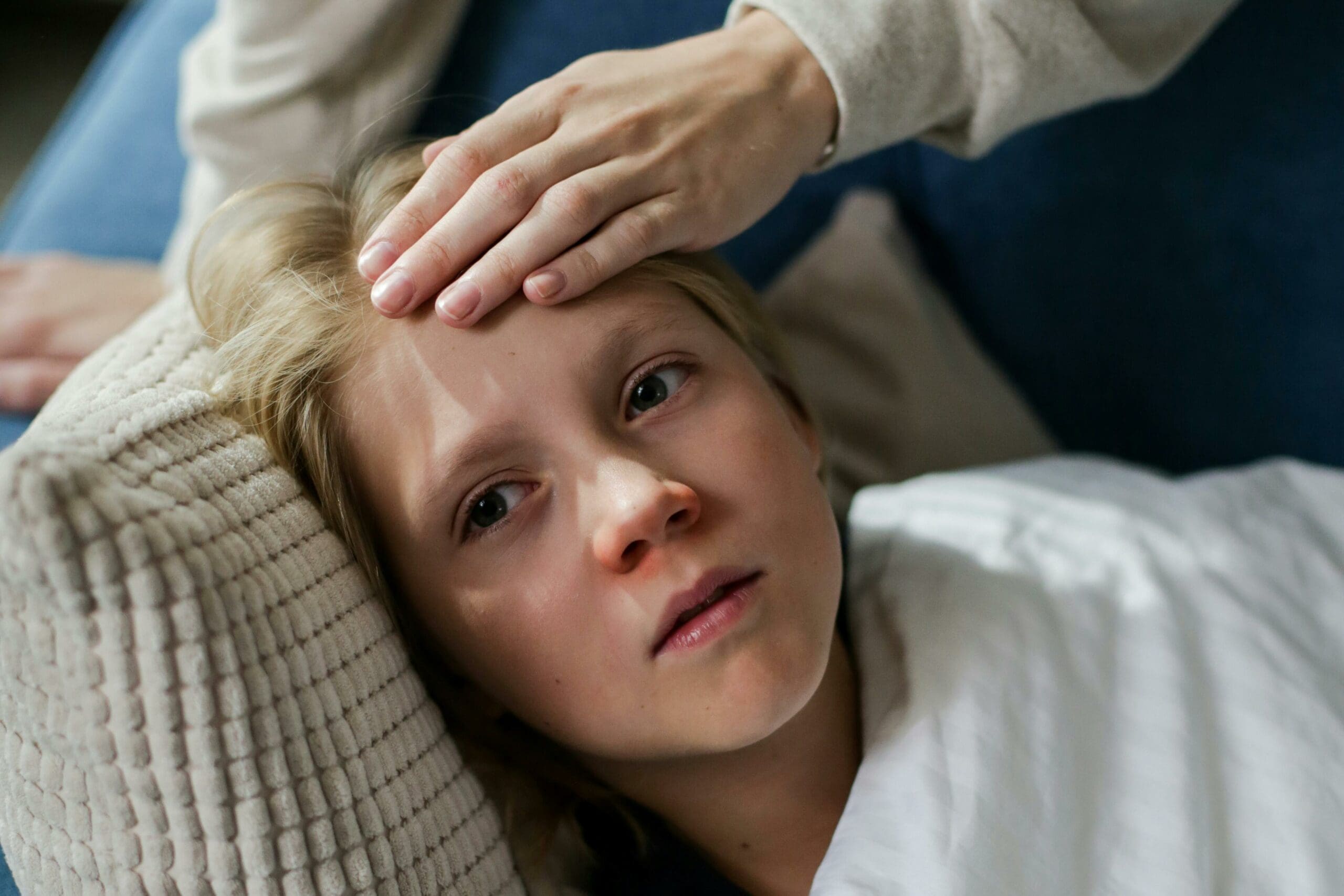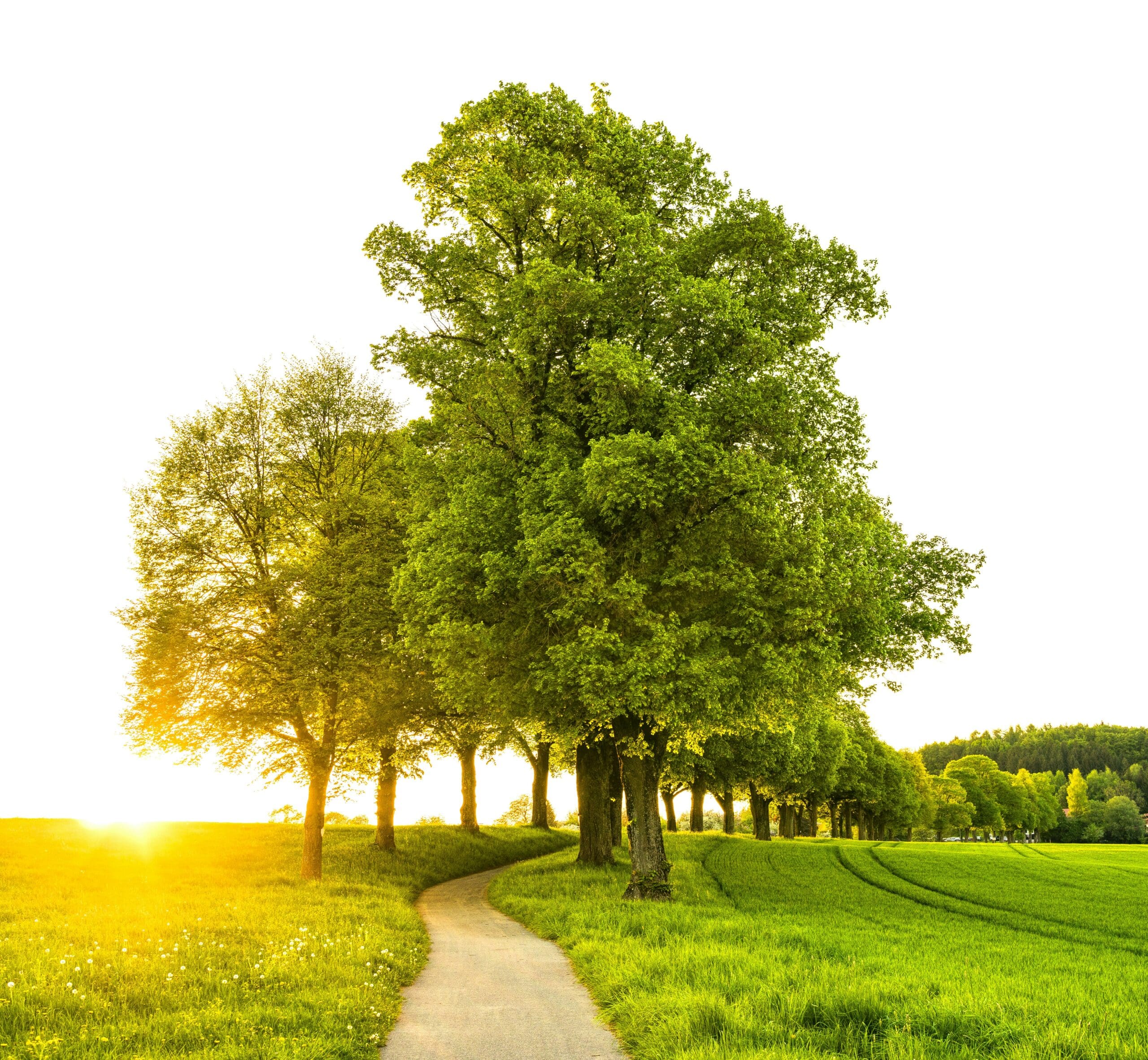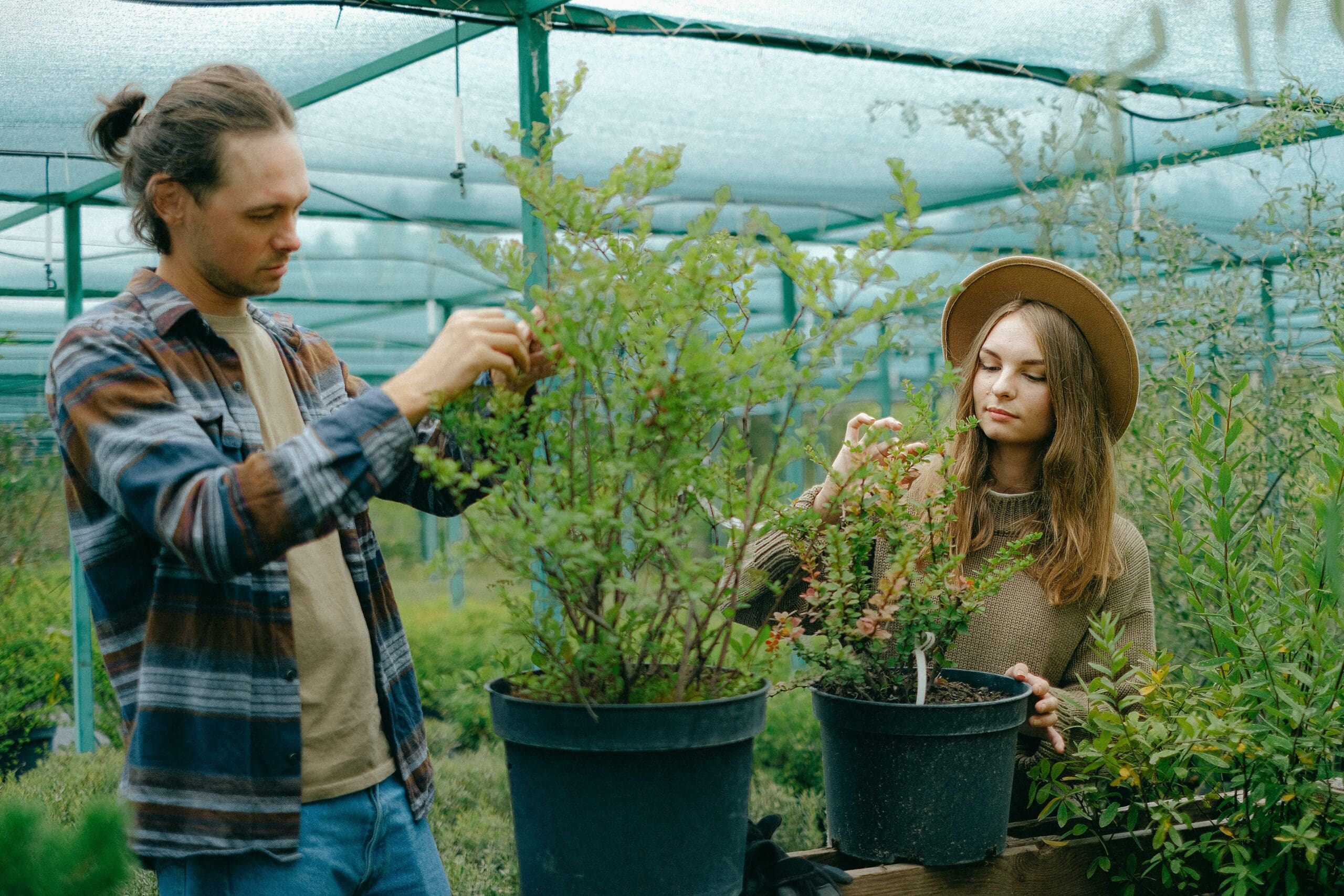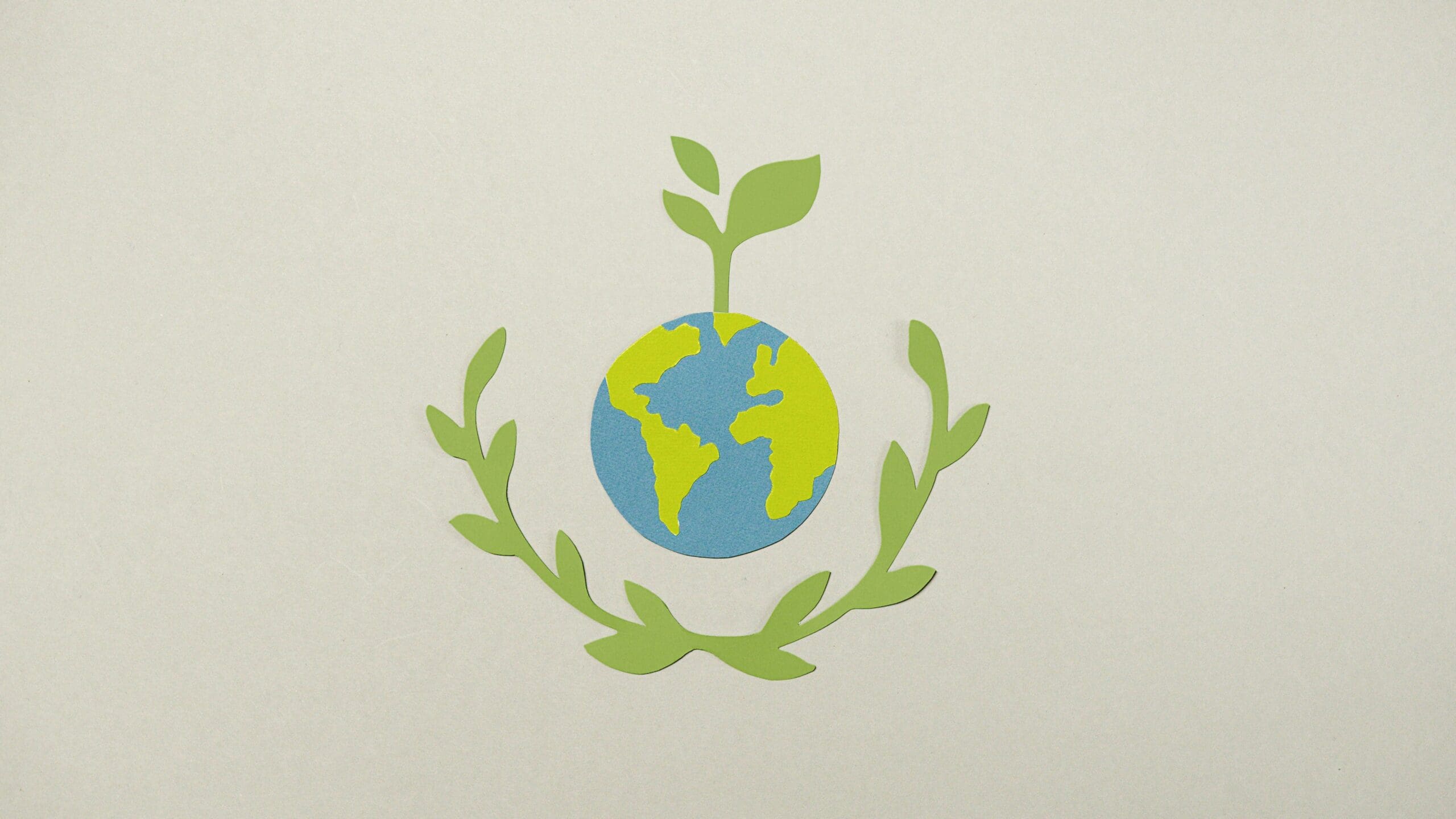
Poisonous Plants Facts for Kids – 5 Poisonous Facts about Poisonous Plants
Table of Contents
Not all plants are edible, some are really poisonous! Let’s discover five amazing poisonous plants facts for kids.
Poisonous Plants Facts for Kids Fact Number 1: Toxins
Poisonous plants are plants that contain chemicals that can be harmful or deadly to people or animals if consumed or touched. These chemicals are called toxins, and they can cause a range of symptoms, from mild skin irritation to severe illness or death. Some plants are more toxic than others, and the severity of the symptoms depends on the type and amount of toxin, as well as the individual’s sensitivity to it.

Poisonous Plants Facts for Kids Fact Number 2: Symptoms
Some common poisonous plants found in gardens and homes include daffodils, lilies of the valley, and mistletoe. These plants can cause symptoms such as nausea, vomiting, and skin irritation. For example, daffodils contain lycorine, a chemical that can cause vomiting and stomach cramps, while mistletoe contains phoratoxin which can cause nausea, vomiting, and even seizures.
Poisonous Plants Facts for Kids Fact Number 3: Poison Oak
Poison Ivy, Poison Oak, and Poison Sumac are common poisonous plants found in the wild, these plants can cause severe itching and a rash when touched. These plants contain an oil called urushiol which causes an allergic reaction on the skin, it can also cause difficulty breathing in some cases.

Poisonous Plants Facts for Kids Fact Number 4: Leaves of The Rhubarb Plant
Not all parts of a poisonous plant are harmful, some parts of the plants such as the leaves, roots, or berries can be dangerous while other parts may not be harmful. It’s important to be familiar with the different parts of poisonous plants and to know which parts are toxic. For example, the leaves of the rhubarb plant are toxic, but the stalks are safe to eat.
Poisonous Plants Facts for Kids Fact Number 5: Handling Plants
It is important to be aware of poisonous plants and to teach children not to touch or eat any plants they do not recognize. If you suspect that someone has been poisoned by a plant, seek medical attention immediately. It is also important to be careful when working in the garden or handling plants, and to wash your hands thoroughly after coming into contact with any potentially poisonous plants.

We hope you enjoyed learning more things about poisonous plants as much as we loved teaching you about it. Now that you know how important it is to learn about the plants and how to help our planet Earth, you can move on to learn more about our environment matters like: Aquatic Plants and Plants.
Why not subscribe to our LearningMole Library for as little as £1.99 per month to access over 3100 fun educational videos.


Leave a Reply